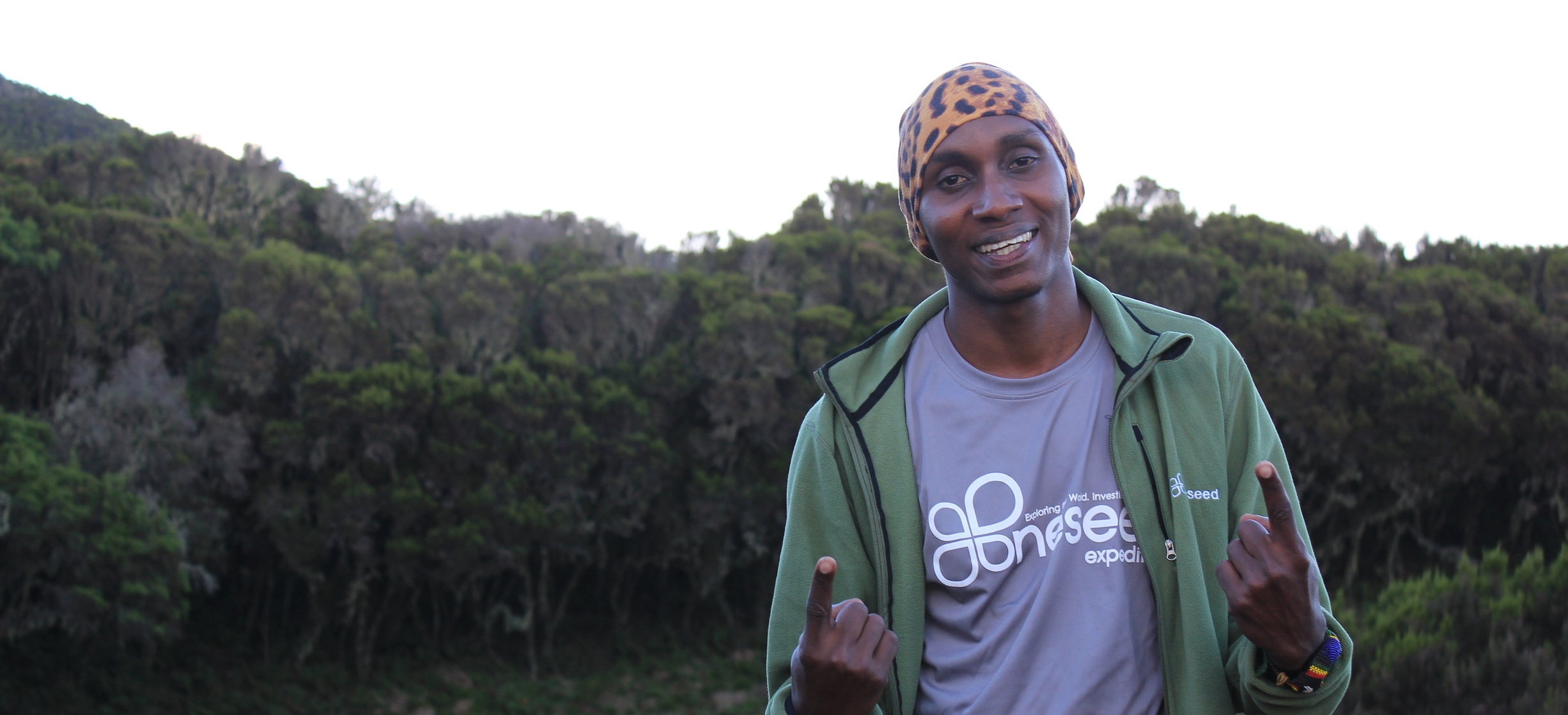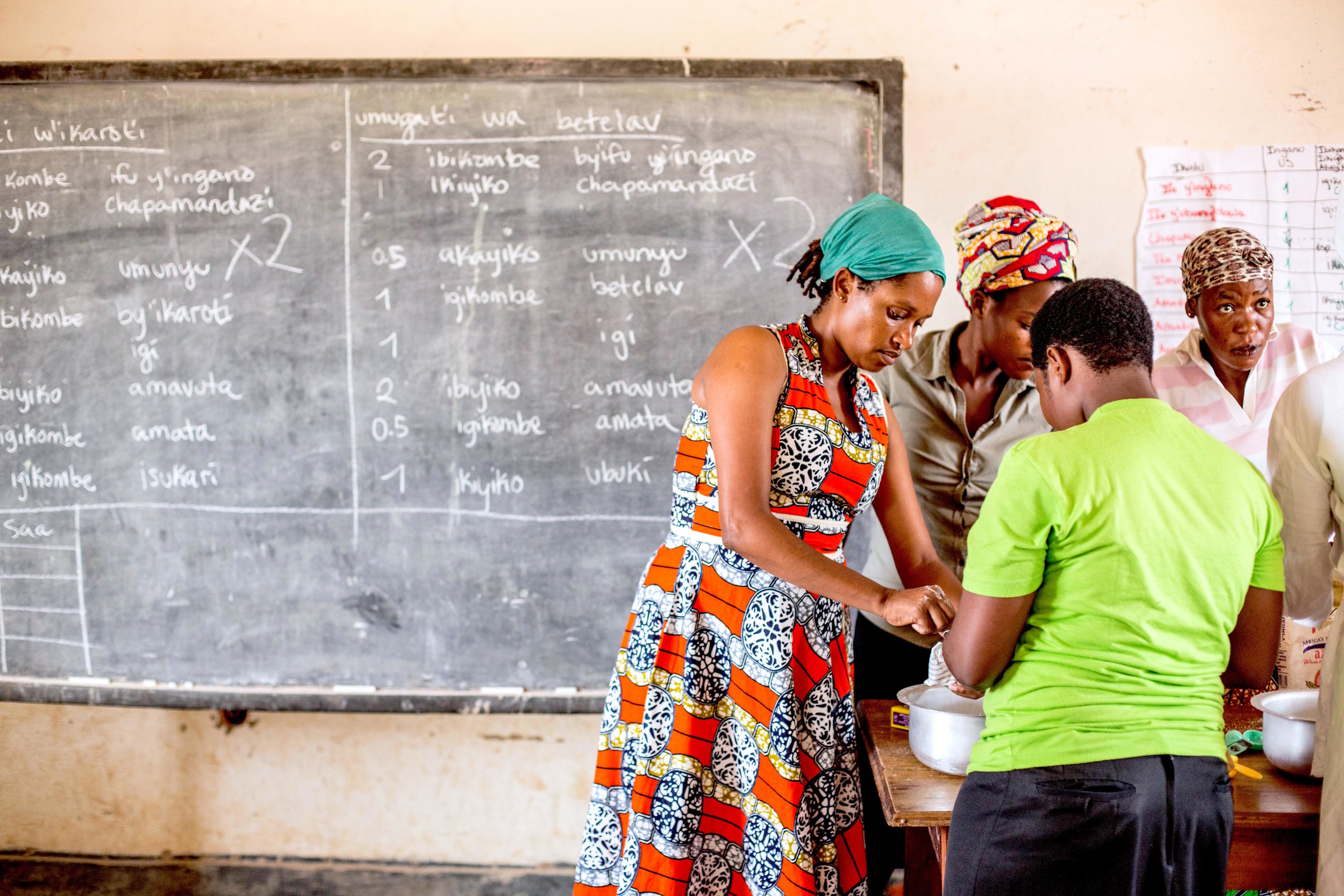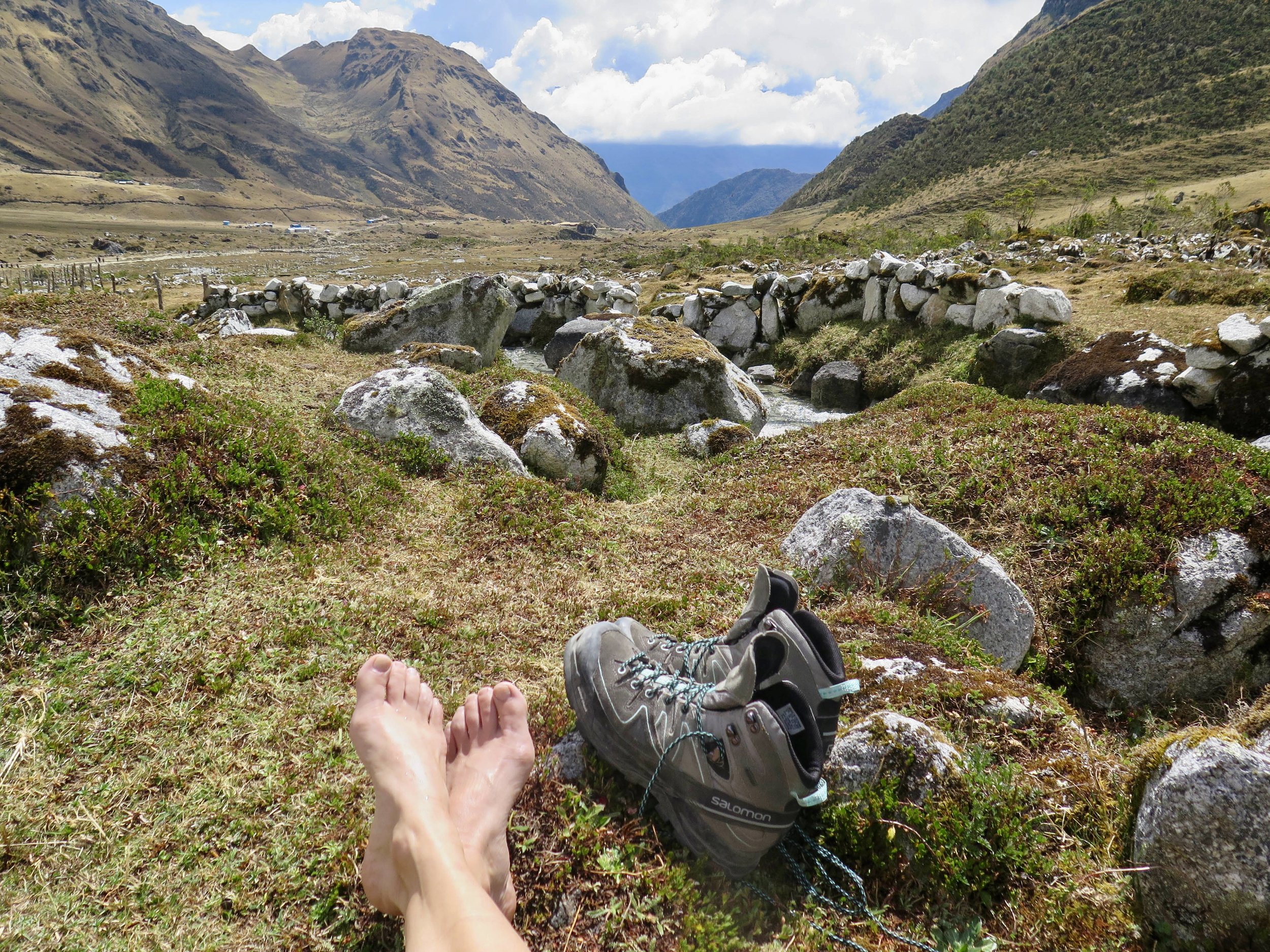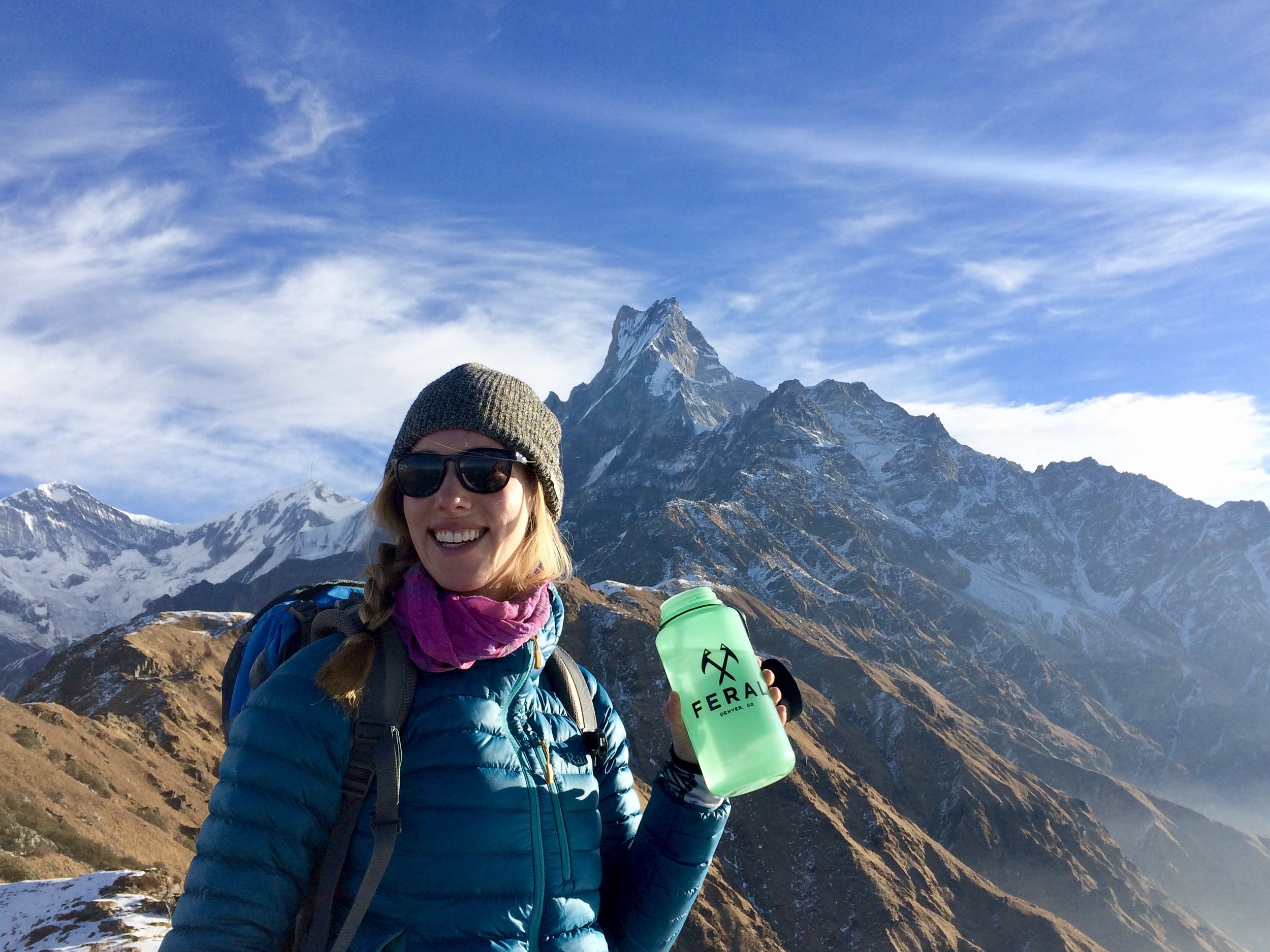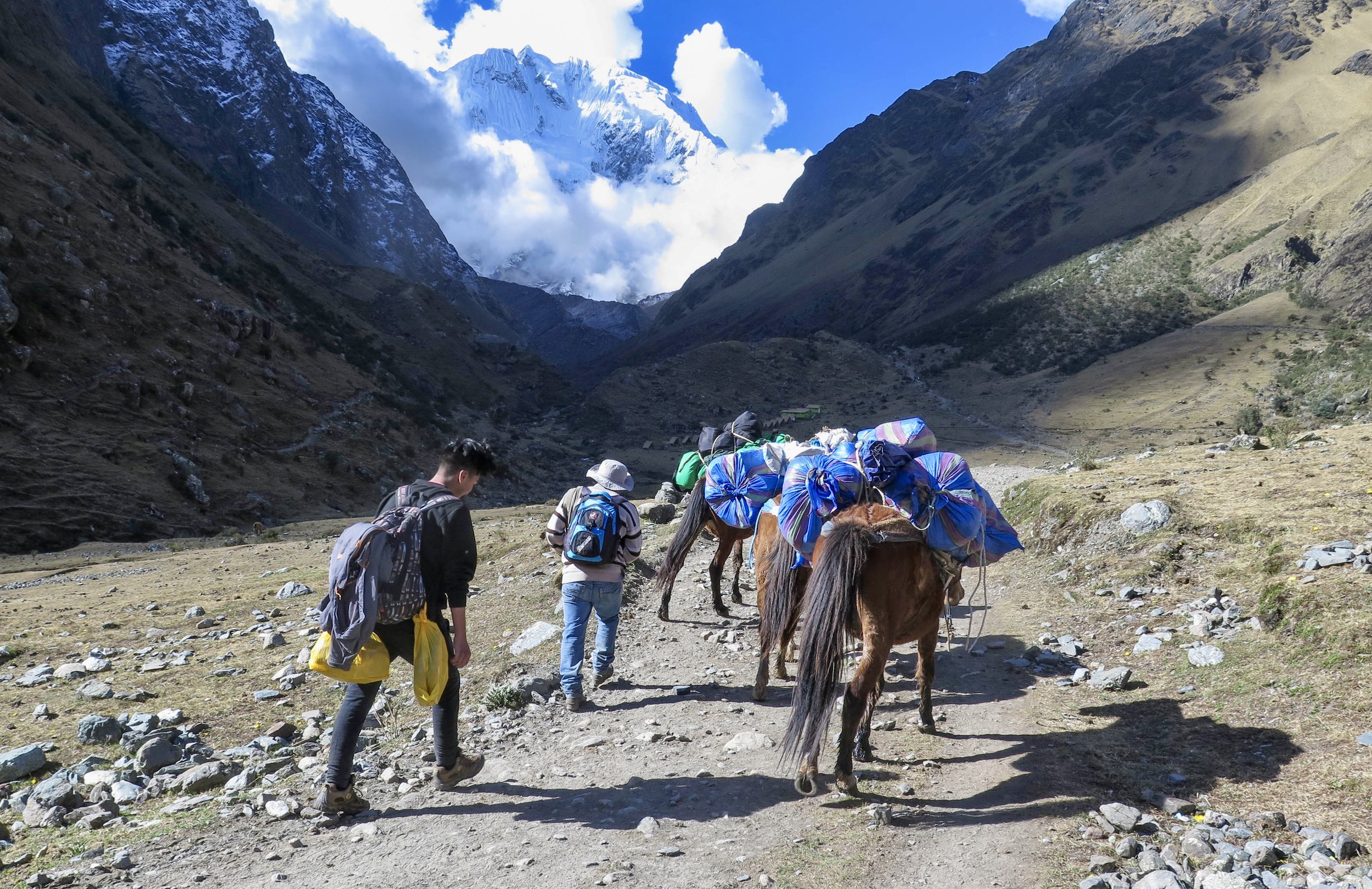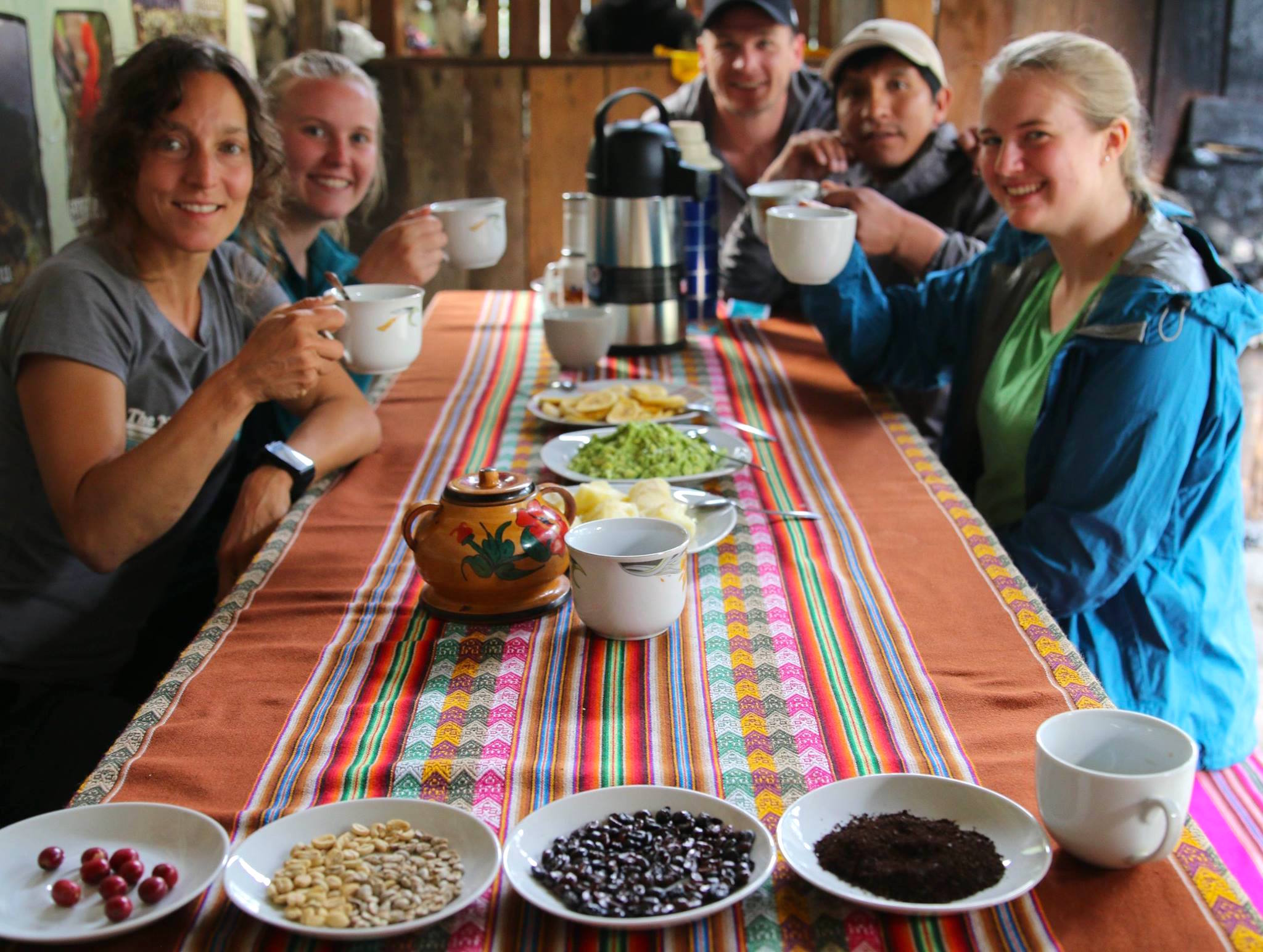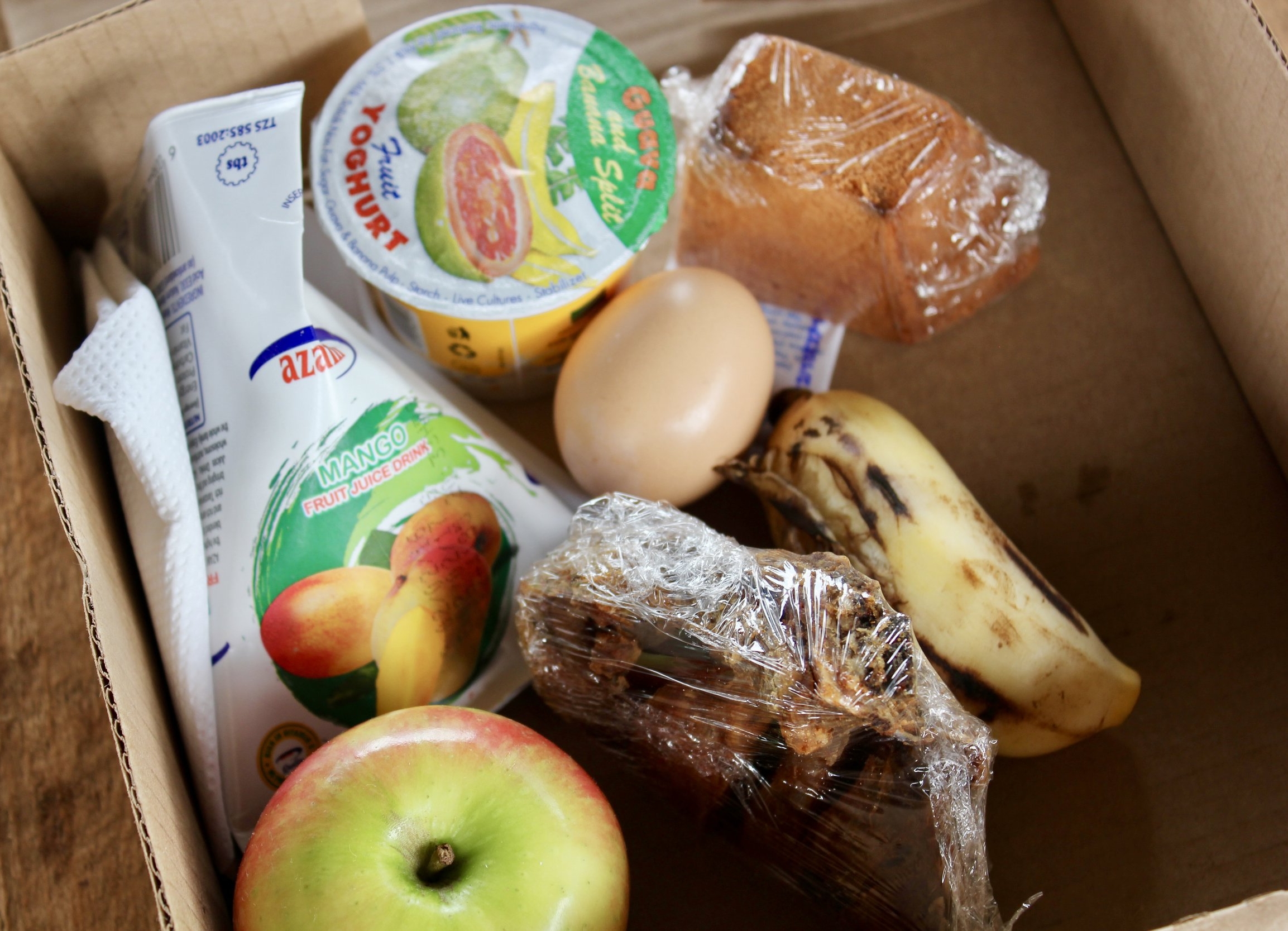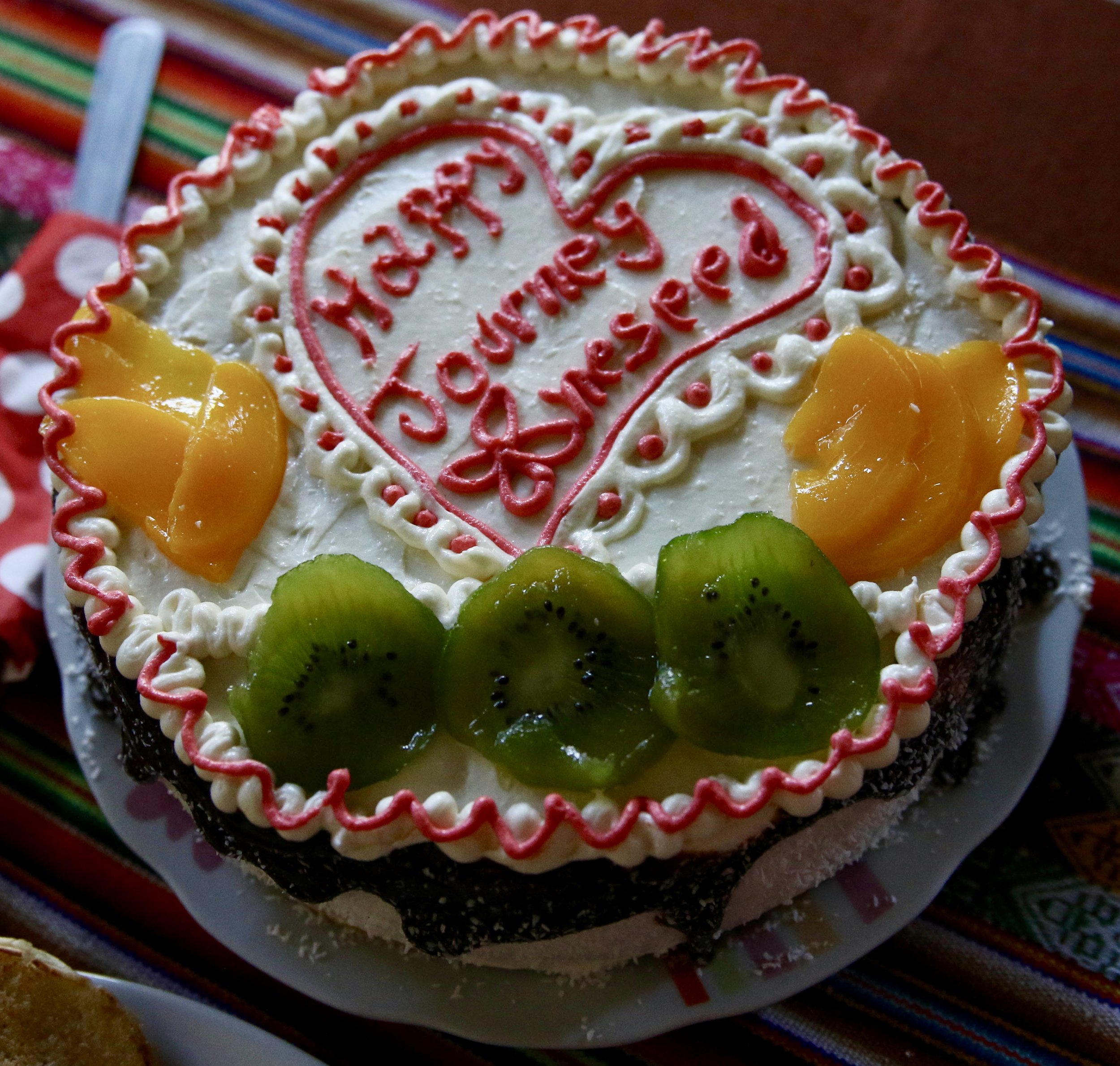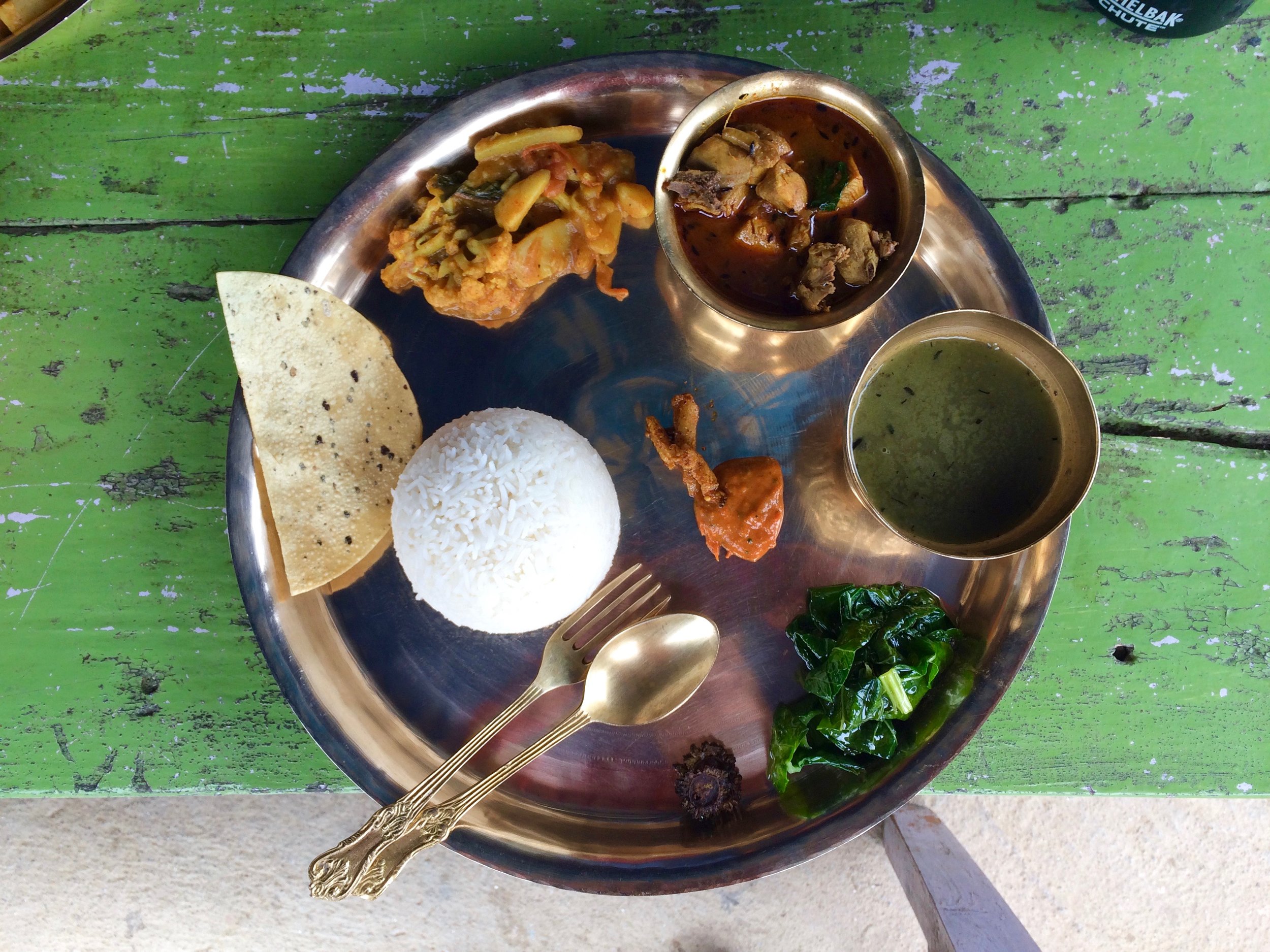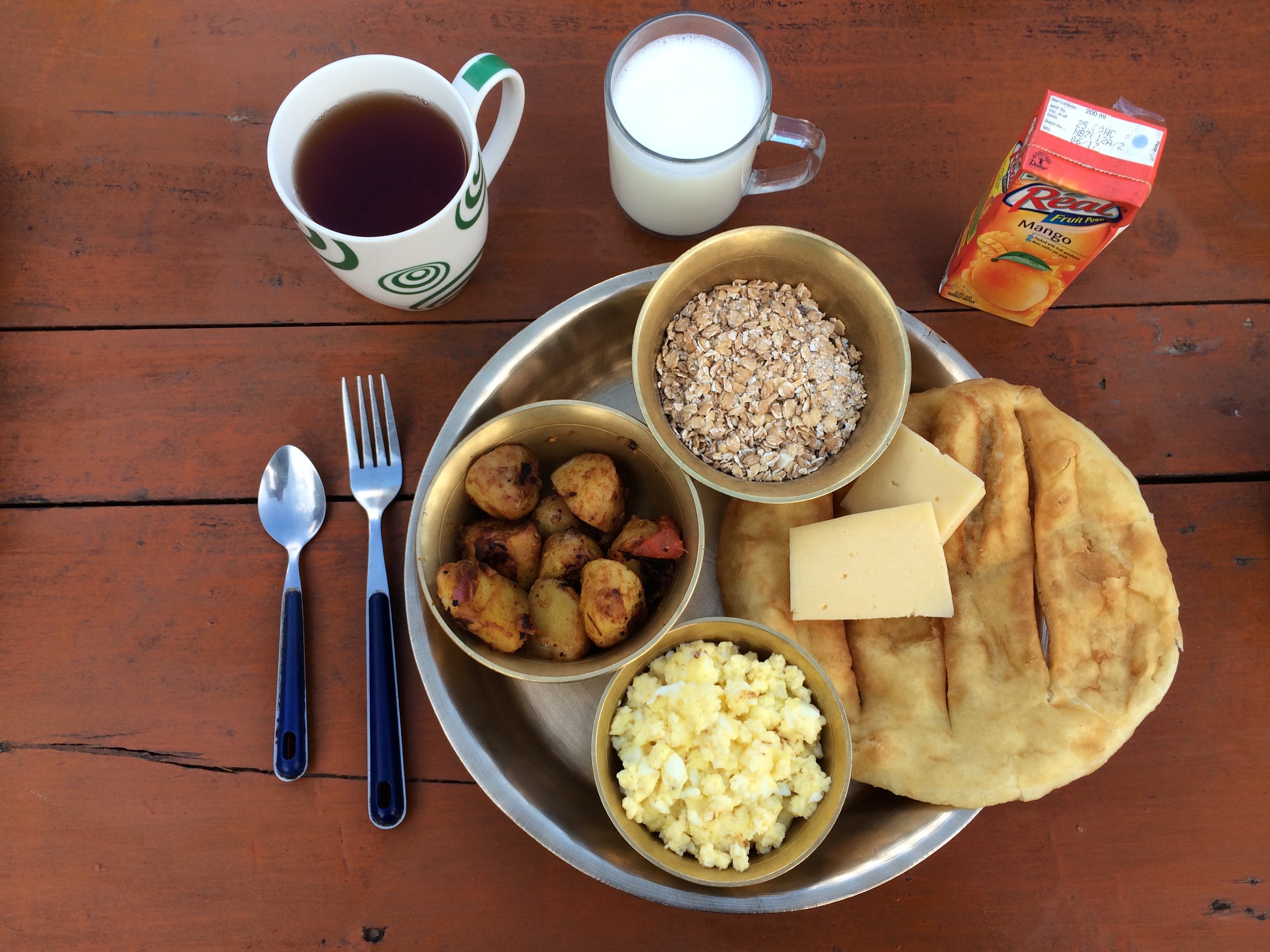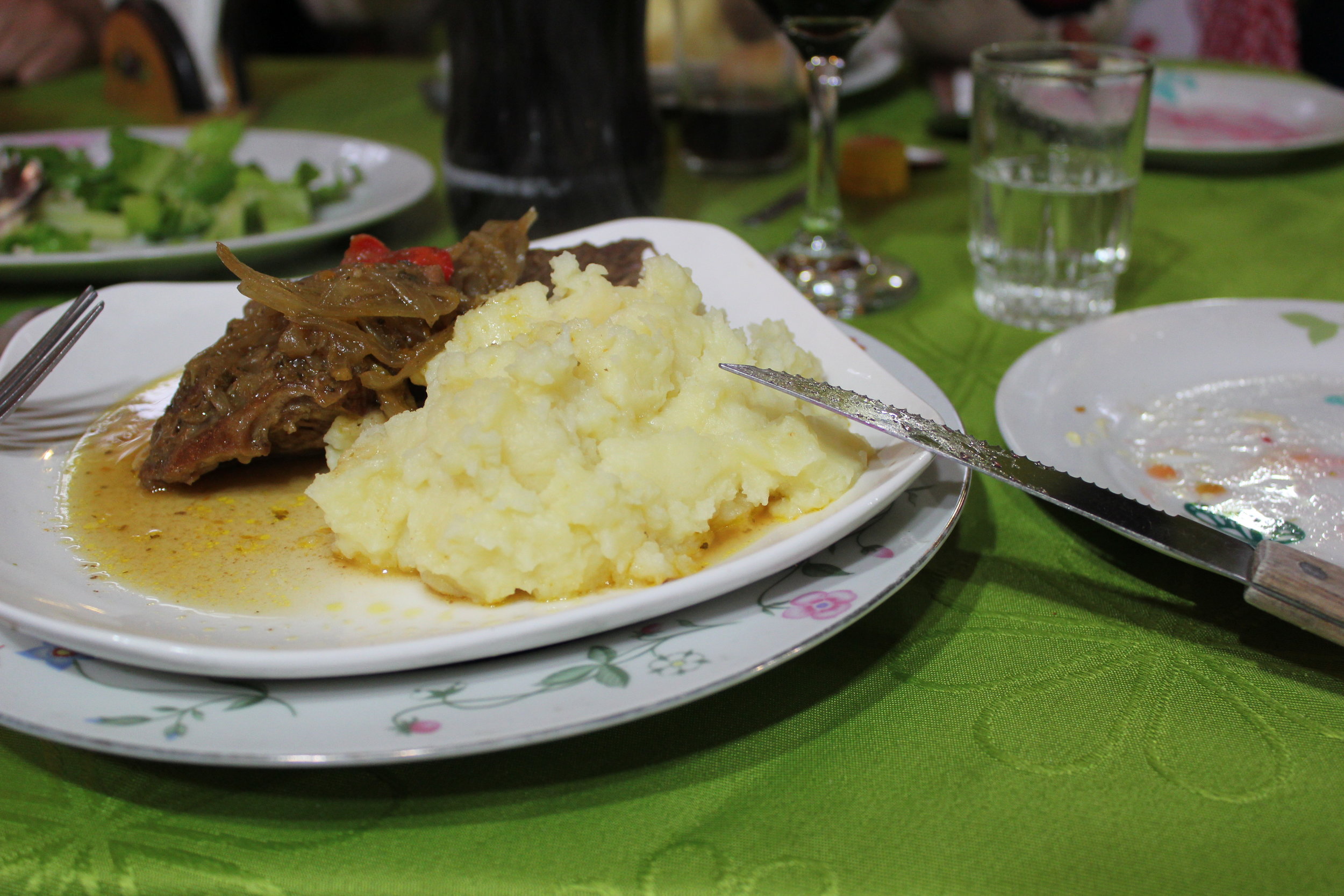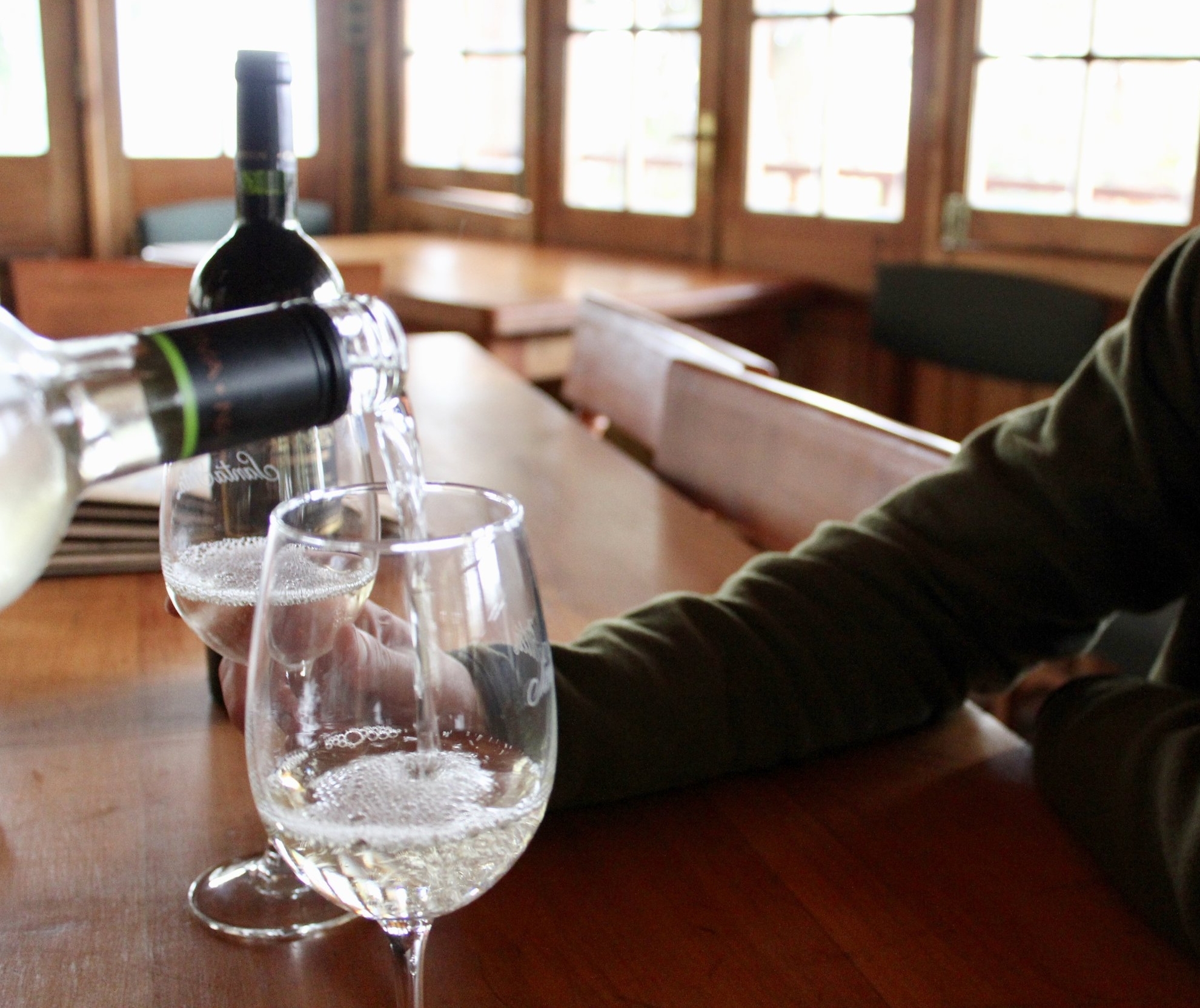Explore the World. Invest in People.
This has been our credo since 2011 and it drives our approach to adventure travel, ensuring that 10% of your trip cost is invested in the local economy through microfinance institutions (MFIs). Thanks to our travelers, as of March 2018 over $2900,000 has been invested in small businesses around the world, with 90% funneled to women entrepreneurs. That’s 619 loans in 5 countries! (For most recent numbers, visit the Invest page)
The Banigualdad Foundation is instrumental in engaging our borrowers in Chile. Working directly with MFIs like Banigualdad ensures that local experts drive loan approval and investment. Whether it’s a training session on how to open a hair salon or seed funding that can turn a small cooking business into something more, Banigualdad helps through financial planning, training, and loan distribution for small-scale entrepreneurs.
Banigualdad Foundation is non-profit foundation that has spent over 10 years providing small loans and training to groups of low-income entrepreneurs. They currently support more than 45,400 entrepreneurs from La Serena to Puerto Montt, with 89% of the beneficiaries being women and 53% heads of household.
The mission is to invest in entrepreneurs from vulnerable sectors throughout Chile so that through their own means and support, they can improve their quality of life and be an example for their communities.
Their work methodology is based on groups of at least 18 entrepreneurs who take out individual loans ranging from $165 to $1,650 but which are jointly guaranteed, that is, if one person can’t pay the weekly fee, the other 17 members assume it collectively (Banigualdad’s repayment rate is 99.9%).
Each loan, which has a fixed duration of 5 months, goes hand in hand with a weekly training provided by social workers who work in the field with entrepreneur groups. Subjects include business, finance, basic accounting, marketing, as well as personal development (self-knowledge, healthy eating, etc.).
Small business owners like Chilean artisan Karola Vera can access services that make opening or expanding a business more manageable. When she was unsure about how to move forward, Banigualdad stepped in to help guide Karola through the loan application process that allowed her to expand her craft business.
“I wanted to work and take care of my children at the same time. I have a craft business and work with recycled materials: the wood I use for hoops comes from furniture, copper from electrical installations, and leftover fabric that other artisans do not use...When I [needed] to invest in machines and keep growing, Banigualdad appeared. The loan and the training sessions have helped me a lot, as have networking with other entrepreneurs.”
For updates on the total amount invested with Banigualdad and our other MFI partners, please visit our Invest page. All numbers are updated quarterly.







































